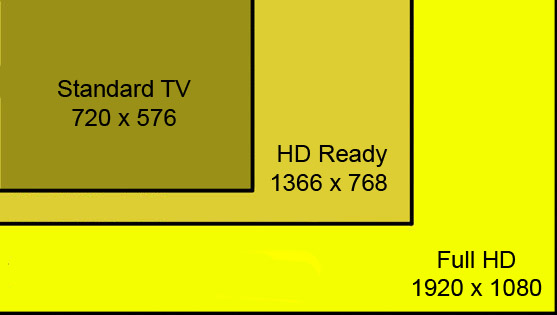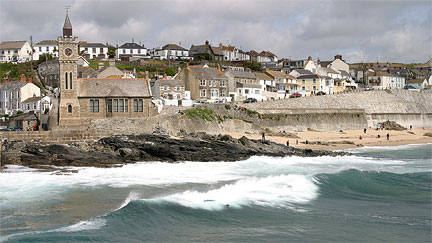High Definition TV Explained
The difference between standard definition and Hi definition is the resolution and sharpness of the pictures. Standard definition television uses 625 lines and Hi-def delivers 1080 lines, which means that there is a considerable improvement in the resolution and detail in the picture. Hi-def video contains around four times the picture information compared to standard definition (SD). To view high definition images, you will need an HD decoder or set-top box, i.e. Sky, Virgin Media, Freeview or a Blu-Ray player, which is just a next generation DVD player.
Some HD Ready TVs will down-convert the incoming HD signal to a lower resolution that the TV can display. This down conversion produces considerably less quality than the original full HD image. Be aware that HD ready doesn't necessarily mean that the TV will display full high definition images. True 1080p content is extremely scarce and as none of the major networks currently broadcast 1080p images the only way to experience full HDTV 1080p at the moment is by viewing Blu-Ray disks.
Viewers should be aware that some of programmes broadcast on HD channels are actually non-HD programmes being shown on an HD channel. If you press the 'info' button on your handset you should see 'HD' on the right hand side of your info bar. If you don't see 'HD' then you're watching standard definition on an HD channel.
Many new DVD players upscale standard definition films in order to fit on the screen.
All upscale does is stretch the smaller pixels into bigger softer ones.
It never makes the picture sharper or adds detail that wasn’t there.
Upscaling from non-HD images does not deliver HDTV.

© PETER BURNS 2006
